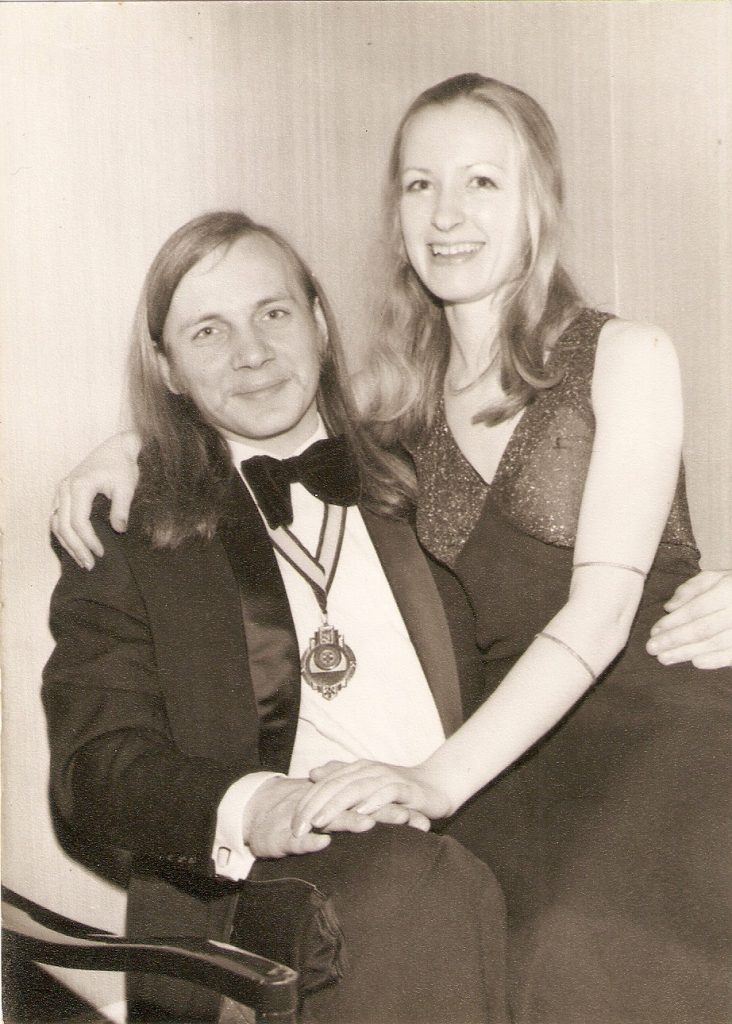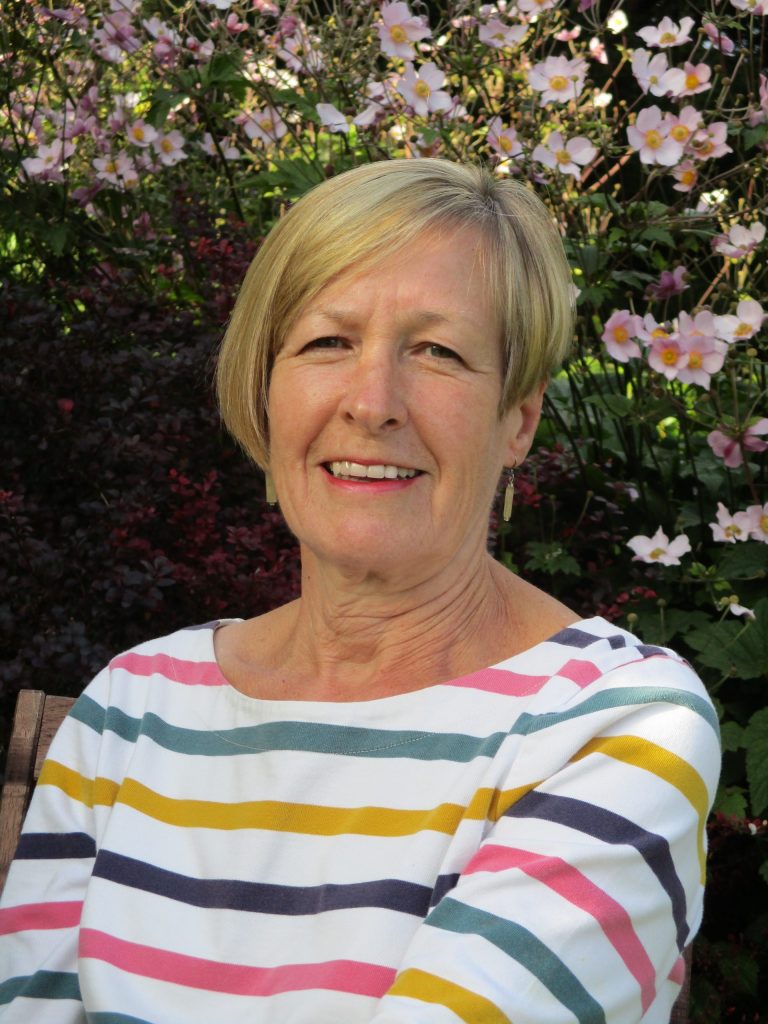Reflections on time spent at Goldsmiths’ 1969-1972
“You’ll never get into Goldsmiths’, it’s far too academic for you,” said a teacher at my school. Despite that, I was accepted for the Cert. Ed. course in Education and The Art of Movement after a cursory interview with tutor Lilla Bauer (Hungarian émigrée, former modern dancer and student of Rudolf Laban) from whom I declined a cigarette (it might have been a trap!) while we talked about anything other than dance. This was just as well because I had almost no dance experience even though I knew it was what I wanted to do. There were no auditions in those days so our dance group, which included three males, was an interesting mix of abilities and experience. I opted for the Junior/Secondary teaching route and imagined I would end up being a general teacher of 9 – 13 year olds but I got bitten by the dance bug at Goldsmiths’ and it lasted for the rest of my life.
The first year focused broadly on primary education along with the Art or Movement and I then opted to follow two years of secondary education. The curriculum trend at the time, and I believe Goldsmiths’ was at the forefront, was on I.D.E. or interdisciplinary enquiry in which we explored links between subjects. It was intended to be more than topic-led but the quality of teaching and learning varied from school to school. On my second year teaching practice in Gravesend I shared a class of thirteen year-olds mainly with a D & T teacher (and for most of the curriculum) – the pupils were building a canoe! My three years at Goldsmiths’ saw many changes. In our dance lectures (the two studios had no mirrors or dance floors) we learned about using space and effort, the materials of dance, from our seemingly elderly tutors in the way that they had taught for thirty years and our experience of technique and performance was mainly acquired in the Tuesday night workshops taught by charismatic Brian Morgan. Contemporary dance was putting down roots in London at the time and we were encouraged by Brian to watch whatever and wherever we could and tickets were cheap. The craft of choreography remained a mystery to me until well after I finished the course and I left college with very few tools for teaching dance and scant subject knowledge apart from what I experienced on my final teaching practice at Dick Sheppard School in Tulse Hill but I had passion and a hunger for more. I started out a hesitant teacher but Lilla Bauer, with whom I kept in touch, encouraged me to become a C.S.E. moderator and then my learning really took off. Since then I have taught, advised, trained teachers, examined and published in dance education as well as holding down a day job as a Local Authority general education adviser and inspector. I still teach some community dance today.
We were in college from nine to five every day except Wednesday afternoons. I was fortunate to have had a full grant and didn’t realise how lucky I was in the first year to have a room on the top floor of Grove House on Blackheath, with a view of Greenwich. The majority of rooms were shared and I was paired with a student from the same part of the country. We were much envied for our wash basin – the only one on the top floor – but had to traipse down two flights of stairs for the bathroom and toilet, three flights to take a phone call and four to eat in the basement dining room. All meals were provided in that first year (one month we were served sausages sixteen times) and we had meal tickets for lunch and supper if we stayed in college late. Boyfriends would congregate in the afternoon for the bread and jam that arrived via a dumb-waiter in the sitting room.
If we popped over to ‘The Green Man’ for an evening drink we were supposed to sign out and in, needless to say the signatures were mainly by cartoon characters and film stars. We were encouraged not to go home more than twice a term but didn’t pay much attention to that rule either. No visitors were allowed after 10.00 p.m. I’ll say no more. By my third year, spent in the comparative luxury of Warmington Tower where both genders resided, there was 24 hour visiting. Social life comprised weekly discos in the small hall (with Friday night visits from the seafood man and Salvation Army ‘soldiers’), the odd gig in The Great Hall and drinks in the college bar. My boyfriend, Steve, was Union President in 1971-2 and we attended every hall formal as well as the U.L.U. ball, which necessitated making or borrowing long dresses to avoid wearing the same one each time. How lucky was I?
Apart from the dance bug, what did I gain from my time at Goldsmiths’? The diverse range of courses on offer ensured a wide mix of students and the diverse community of South East London was an eye opener for a girl from a rural market town. Goldsmiths’ provided a level playing field – there was no class distinction. I made a friend for life in the first week of college and I met my future husband there. My association with Goldsmiths’ provided a passport to my second teaching post at Fairlop Secondary Girls’ School, Essex, where the arts were highly valued and I worked with truly talented teachers. My relationship with Goldsmiths’ continued well into the seventies. Steve was there until 1974, so I visited most weekends. I then joined Brian Morgan’s performance group, rehearsing weekly, and in 1977 I returned for a seconded year to study for a B.Ed.. Lockdown has provided us with time to reflect on what we value most and also to renew old acquaintances. In May a group of “Oldie Goldie” dancers met on Zoom, some for the first time in over forty-five years, and we discovered that we are all still dancing!

Lyn and Steve at a hall (possibly Loring) formal in 1972 
Lyn Paine (neé Harris)
